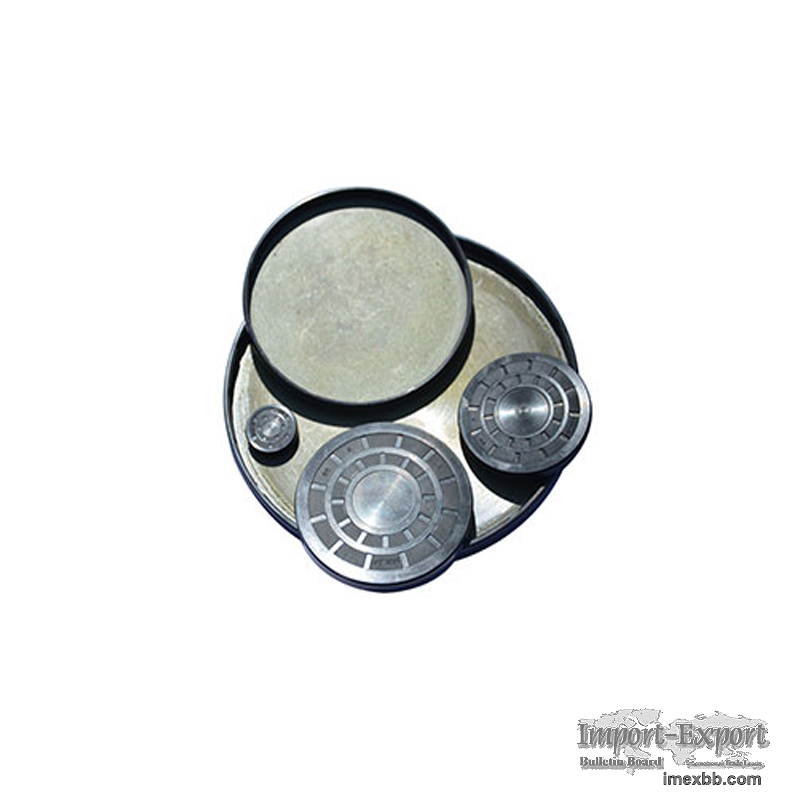 |
 |
Home > Offers to Sell > Others & Excess Inventory > Others
| Contact: | junyingliu |
|---|---|
| Company: | Xingtai Shanfeng special rubber products Co., Ltd |
| Hetou Industrial Zone, Renze District, Xingtai City, Hebei Province | |
| Xingtai City, Hebei | |
| China | |
| Phone: | 18713908608 |
| E-Mail: | |
| Date/Time: | 6/26/24 3:15 GMT |
NQK SF Oil Seal Factory ISO Certificated EPDM FKM EC Covers Seals
In the world of mechanical systems, the selection of the right end EC
covers seal can make a significant difference in performance and longevity.
These seals play a vital role in preventing leaks and protecting components
from contamination and wear. This article outlines a detailed approach to
choosing the perfect end EC covers seal for your specific needs.
Application Analysis
Operational Environment:
Temperature Extremes: Identify the operating temperature range. Seals like
those made from FKM or fluorosilicone are designed to withstand extreme
temperatures, making them ideal for high-heat or freezing conditions.
Pressure Variability: Understand the pressure conditions the seal will
face. High-pressure applications might benefit from materials such as PTFE or
polyurethane, known for their robust performance.
Exposure to Elements:
Chemical Interactions: Assess the types of chemicals the seal will be
exposed to. EPDM is suitable for water and steam, while nitrile or FKM excels
in oil and fuel environments.
Particulate Matter: For settings with a lot of dust or abrasive particles,
opt for seals with high abrasion resistance to ensure durability.
Choosing the Right Material
Material Compatibility:
Fluid Compatibility: The seal material must be compatible with the fluids
in contact. For aggressive chemicals and fuels, FKM is a reliable choice.
Thermal Tolerance: Materials like silicone and fluorosilicone can handle
extreme temperature variations, making them suitable for a wide range of
applications.
Durability Considerations:
Mechanical Properties: Consider the hardness (durometer), tensile strength,
and flexibility of the material. For high-tensile environments, HNBR is an
excellent choice, whereas silicone is preferred for its flexibility.
Abrasion Resistance: In applications involving movement or contact with
abrasive materials, polyurethane offers high wear resistance, extending the
seal's service life.
Dimensional Accuracy and Design
Precision in Dimensions:
Correct Sizing: Accurate measurements are crucial for a proper fit. Ensure
that the inner diameter (ID), outer diameter (OD), and cross-sectional diameter
(CS) are precisely measured.
Tolerance Specifications: Adhering to specific tolerance levels ensures the
seal maintains its effectiveness under varying conditions.
Seal Design Features:
Lip Configuration: Single lip seals are suitable for less demanding
environments, while double lip designs provide enhanced protection against
contaminants.
Spring-Loaded Options: For applications requiring constant pressure on the
sealing surface, consider spring-loaded seals that maintain uniform pressure
distribution.
Installation and Maintenance Best Practices
Installation Guidelines:
Proper Tools: Use the correct tools and techniques to prevent damage during
installation. Lubrication may be necessary to facilitate a smooth installation
process.
Alignment Check: Proper alignment is essential to avoid leaks and ensure
the seal’s longevity.
Routine Maintenance:
Regular Inspections: Periodically inspect the seals for wear and tear,
cracks, or any signs of degradation. Preventative maintenance can avert
unexpected failures.
Scheduled Replacements: Establish a maintenance schedule to replace seals
based on their expected lifespan and operating conditions.
Testing and Evaluation
Prototype Validation: Test the seal in a prototype setting to ensure it
meets all performance requirements under actual conditions. This helps in early
detection of potential issues.
Continuous Monitoring: After installation, continuously monitor the seal's
performance. Look for signs of leakage, pressure changes, or reduced efficiency
and address them promptly.
By following these guidelines and ensuring rigorous testing, you can
achieve optimal performance and durability, safeguarding your mechanical
systems against potential failures and extending their operational life.
Minimum Order: 500 packs
SOURCE: Import-Export Bulletin Board (https://www.imexbb.com/)
Similar Products:Not exactly what you are looking for? Post an Offer to Buy!
![]()
© 1996-2010 IMEXBB.com. All rights reserved.
|
|
|





